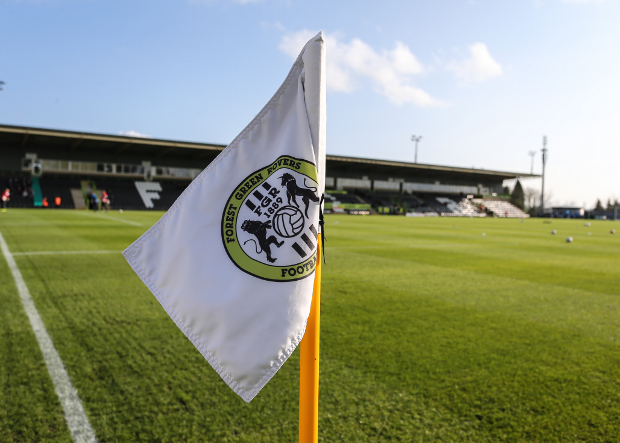SOME of the top football clubs in England sit in their esteemed positons because of their owners behind the scenes. Manchester City and Chelsea, for example, have turned into the two teams to beat in Britain since Abu Dhabi Group and Roman Abramovich stepped in to lend a hand, whilst Liverpool have doubled in value under the ownership of American business mogul John W Henry. Manchester United have also turned big profits under the Glazers, whilst Tottenham, Arsenal, Leicester City, West Bromwich Albion and Watford have all received financial boosts that have helped to transform their fortunes on the pitch.
It would be easy for rivals of any of these Premier League clubs to claim that these teams “got lucky” when a rich entrepreneur decided that he wanted to invest. However, the truth is that none of these clubs were chosen by drawing names out of a hat. Chelsea and Manchester City weren't title challengers before they received their financial bumps, but the crowds and historical status were already cemented in both cases. The same goes for most of the clubs that have received investment. A football club has to have a reputable standing for a company to be willing to invest in the first instance.
This begs the question – how do the smaller, poorer Non-League clubs attract investors? These are the teams that need financial support the most, but without the necessary foundations in place, it can be difficult to bring wealthy businessmen on board.
Without the shiny facilities and big fan bases, clubs of lower stature need to turn to the examples of the teams above them in order to gain some inspiration on how to turn their club into an attractive business opportunity. The likes of Accrington Stanley and Forest Green Rovers have shown that it's a real possibility.
Stanley – who play in the fourth tier – caught the attention of businessman Andy Holt not because of their facilities, but rather in spite of them. A strong sense of community spirit surrounded the club, and when Holt recognised that this sunny atmosphere did not reflect the conditions on the training ground, he decided to bankroll the brand. He believed that Stanley were deserving of investment, with their family-friendly image a “beacon of hope” for the town.
Forest Green Rovers, on the other hand, are a rich rarity in Non-League, with green energy industrialist Dale Vince at the helm since 2010. Rovers were open to trying something “new” in football, and allowed the entrepreneur to implement a number of eco-friendly changes in exchange for a transfer budget boost, including an organic pitch and solar panels above the stadium.

Clubs lower down the football pyramid can also take some heart from the fact that a trickle-down effect is visibly taking place with regards to investment, with businessmen now beginning to turn their attention towards the likes of the Championship, League One, League Two, and even Non-League now that the Premier League is almost fully occupied. Nottingham Forest, for example, have tumbled into the bottom half of the second tier this season, but their future may be bright as Greek billionaire Evangelos Marinakis moves to secure an 80% majority shareholding stake in the club. With his financial support, Forest will have the funds to lure in the kind of players that can propel them back up the leagues. Fellow Championship side Aston Villa may also soon see financial gain following the takeover by Dr Tony Xia in 2016, whilst Guo Guangchang is set to continue pumping his enormous fortune into struggling Wolverhampton Wanderers.
There is hope for any club in dire need of financial support in the modern era, with investment in football more commonplace than ever before. If a club can find a way to stand out from the crowd, it has every chance of attracting a new owner with deep pockets.


















